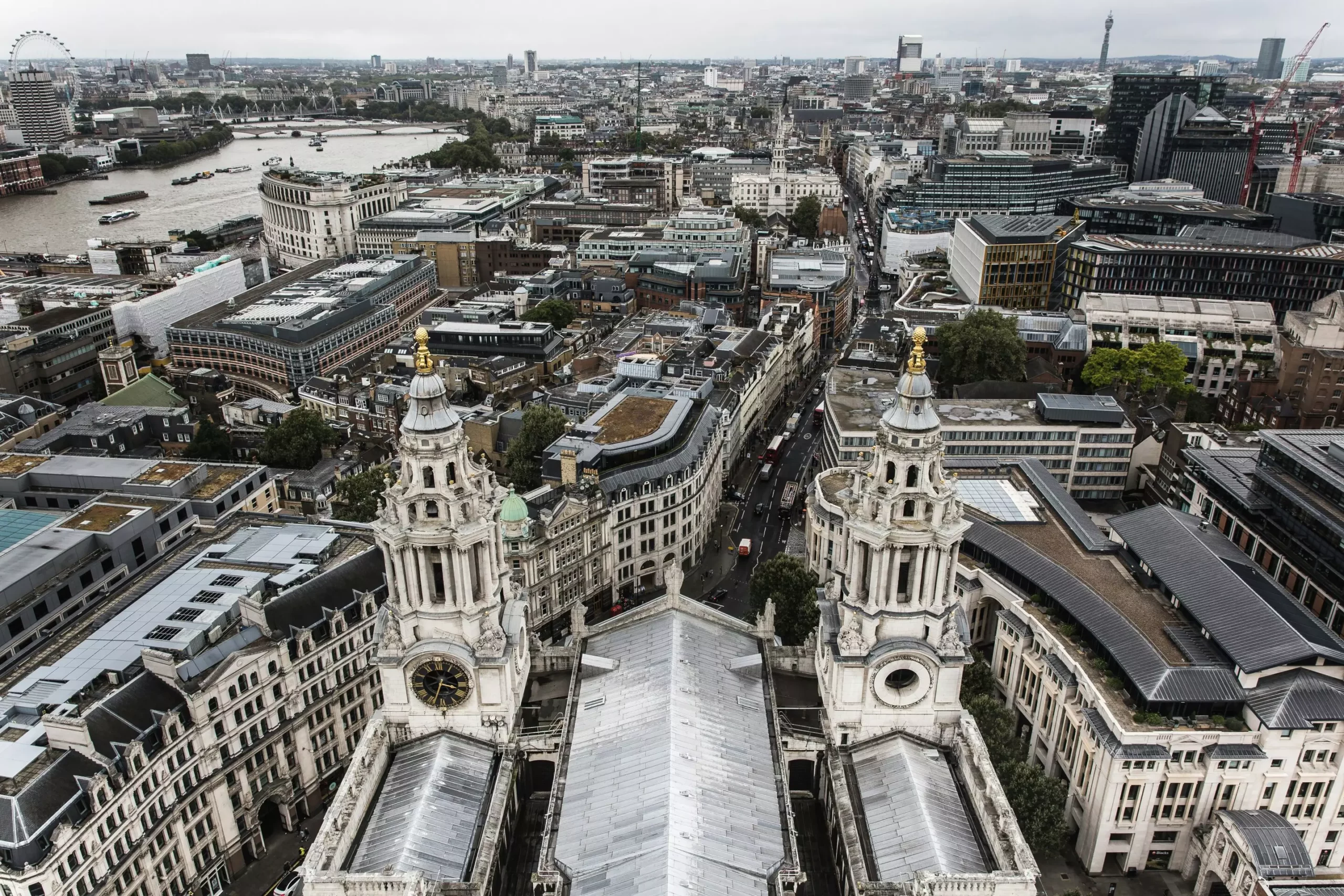The urban landscape of London, characterized by its historical architecture and dense population, faces a growing challenge posed by rising temperatures. A revealing study from researchers at UCL and the University of Exeter sheds light on how implementing cool roofs could have substantially alleviated the impact of the scorching summer of 2018, a season that gripped the city with unprecedented heat levels. The findings highlight not only the potential for saving lives but also the economic benefits tied to such adaptations, spotlighting the need for innovative urban planning in the face of climate change.
Urban areas inherently suffer from the urban heat island (UHI) phenomenon, where cities absorb and retain heat more than their rural counterparts. During the summer of 2018, London experienced ferociously high temperatures that averaged 19.2 degrees Celsius, a staggering 1.6 degrees above the typical average for the season. In this context, the proposed intervention of applying reflective coatings to roofs—a relatively simple yet effective measure—could counteract this heat retention. This measure not only aims to keep buildings cooler but also mitigates excessive heat absorption, transforming our cities into more sustainable environments.
The study estimates that if cool roofs had been widely adopted in London during that sweltering summer, the temperature could have been decreased by approximately 0.8 degrees Celsius, which might have prevented an estimated 249 heat-related deaths—an alarming statistic that underscores the severity of urban heat exposure. This figure, representing about 32% of the heat-related fatalities recorded that summer, showcases the crucial potential of this relatively straightforward solution. The precautionary principle in public health advocates for such preventive measures to curtail casualties that can otherwise be avoided.
In addition to the cooling benefits of light-colored roofs, the study also explored the potential of rooftop solar panels—which have the added benefit of energy generation—as a simultaneous solution to the urban heat problem. It was determined that if solar panels had been more widely utilized, they too would have contributed to cooling, reducing temperatures by around 0.3 degrees Celsius and potentially saving an additional 96 lives. Beyond the health benefits, the economic implications are noteworthy: the reduction of mortality rates translates to a significant alleviation of economic cost, estimated at around £237 million for solar panel adoption and £615 million for cool roofs.
Employing advanced 3D computer simulations, the researchers compared temperature discrepancies across various urban scenarios, including a hypothetical non-urbanized London. This rigorous analysis facilitates a deeper understanding of the potential benefits from applying large-scale changes to urban infrastructure. The models revealed that adopting cool roofs could also create broader economic gains, assisting not only with climate adaptation but offering communities viable solutions to manage mounting healthcare costs due to heat-related illnesses.
Given the frequency of extreme heat events is expected to rise owing to ongoing climate change, London’s urban planning must evolve. Dr. Charles Simpson’s remarks on the necessity of adopting cool roofs speak to a broader narrative: cities must actively seek adaptive strategies to protect their inhabitants from the ravages of higher temperatures. While the immediate focus is on public health, integrating such strategies fares well for environmental and energy consumption outcomes, ensuring a sustainable future for urban dwellers.
The urgency for cities like London to modify their architectural approaches in response to climate change cannot be overstated. As urban populations grow and extreme weather phenomena become the norm, innovative solutions such as cool roofs should be integral to municipal policies. Professor Tim Taylor emphasizes the importance of taking action to curb the risk of heat-related health issues while simultaneously harnessing renewable energy opportunities. Ultimately, these changes lay the groundwork for resilient urban environments, enhancing the overall quality of life while safeguarding the well-being of future generations. As the effects of climate change unfold, it is imperative that cities do not merely react but proactively implement solutions for a sustainable urban future.


Leave a Reply